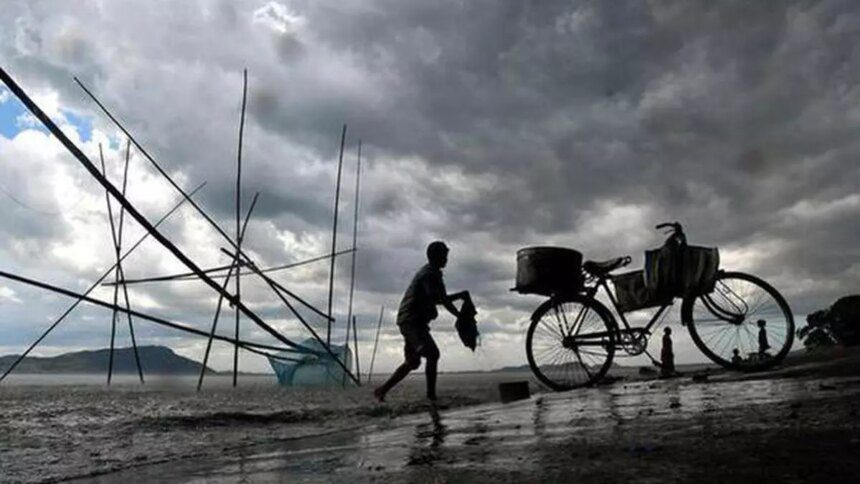La Nina weather phenomenon has been a topic of discussion among meteorological organizations worldwide, with conflicting opinions on its emergence. The US Climate Prediction Centre (CPC) has declared the presence of La Nina conditions since December 2024, citing below-average sea surface temperatures in the central and east-central equatorial Pacific Ocean. On the other hand, Australia’s Bureau of Meteorology (BoM) and the APEC Climate Center (APCC) have not fully embraced the idea of La Nina taking hold.
According to CPC, the strengthening of subsurface cooling in the equatorial Pacific Ocean, along with easterly low-level wind anomalies over the Pacific, and westerly upper-level wind anomalies in the central and eastern Pacific, all point towards the presence of La Nina conditions. However, BoM has stated that while many indicators have shown signs of a potential La Nina event, they have not been sustained long enough to meet the criteria for a formal declaration.
APCC has taken a conservative approach by issuing a “La Nina Watch” status, with expectations of the Nino3.4 index gradually decreasing over the coming months. They anticipate ENSO-neutral conditions to prevail for the foreseeable future.
Both CPC and BoM have acknowledged the possibility of La Nina conditions persisting through the winter months, with a transition to ENSO-neutral likely in the early spring. BoM has highlighted the late development of a La Nina event, historically occurring during winter and spring, but potentially extending into the summer of 2025.
In terms of temperature and rainfall patterns, APCC has forecasted above-normal temperatures for most regions, with the exception of the central and eastern tropical Pacific. They have also predicted above-normal rainfall for India, aligning with the India Meteorological Department’s outlook.
Overall, the debate surrounding the emergence of La Nina highlights the complex and dynamic nature of climate patterns and the challenges faced by meteorological organizations in making accurate predictions. As the situation continues to evolve, it will be interesting to see how these conflicting views play out in the coming months.









